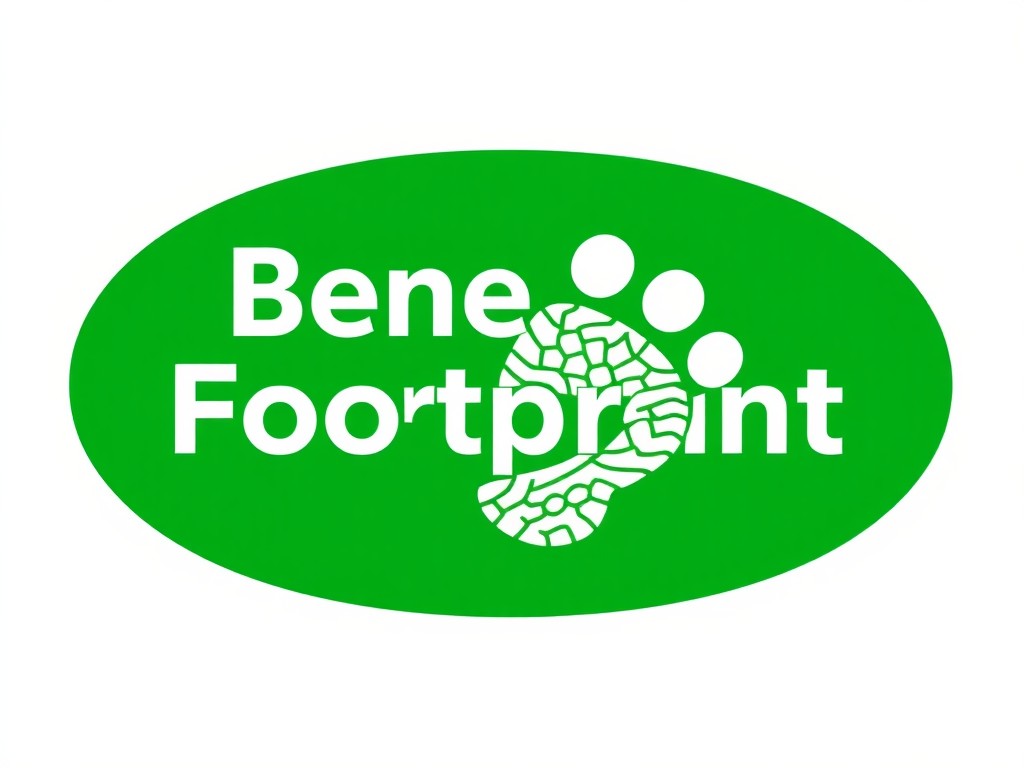Overview of UK Fire Safety Regulations
Understanding the UK fire safety laws is crucial for any coworking space operator. One of the key pieces of legislation is the Regulatory Reform (Fire Safety) Order 2005, which mandates comprehensive compliance requirements to ensure the safety of occupants. This legislation outlines the responsibilities of workspace operators to manage fire risks effectively. Operators must assess risks, implement safety measures, and maintain ongoing compliance.
The local fire authority plays a vital role, overseeing inspections and enforcing regulations to ensure coworking spaces meet the necessary standards. They can offer guidance and support to help operators remain compliant with coworking space regulations.
Also to read : Kickstarting Your VR Gaming Venture in the UK: Navigating Age-Appropriate Content Regulations Successfully
Operators should be aware of key legislation impacting coworking spaces, such as the requirement for regular fire risk assessments and documentation. Each workspace must have a “responsible person” to ensure that all safety procedures are up to date and effectively communicated to occupants.
By understanding and adhering to these UK fire safety laws, coworking space managers not only protect their business legally but also ensure a safe environment for their members. This proactive approach aids in mitigating potential fire risks and promotes a culture of safety and responsibility within the shared workspace community.
Also to see : Unlocking Excellence: A Comprehensive Guide to Building a Compliant UK Online Learning Hub for Professionals
Importance of Fire Safety in Coworking Spaces
Fire safety significance is paramount in the landscape of coworking space management. Shared offices present unique risks due to their dynamic, multi-tenant environments. Frequent changes in occupancy and varied activities increase the complexity of maintaining fire safety. Proper risk assessment helps navigate these challenges by evaluating the specific hazards that might arise in such versatile environments.
Drawing insights from real-life case studies can be enlightening. For instance, a case where quick action prevented a potential fire outbreak underscores the value of being prepared. Understanding past incidents and responses equips coworking space operators with practical knowledge to enhance safety measures.
Proactive fire safety measures yield significant benefits for operators. They not only meet legal requirements but also build a trust-worthy reputation, attracting potential tenants who prioritise safety. Implementing thorough safety protocols ensures swift action during emergencies, effectively minimising damage and disruption. Operators should foster a culture where awareness and preventive action are integral, ultimately safeguarding both the business and its occupants.
Regular training sessions and well-defined emergency procedures fortify this safety framework, creating a secure and responsive environment adaptable to the distinct attributes of any coworking space.
Fire Risk Assessment Process
Conducting a thorough fire risk assessment is essential for ensuring safety in coworking spaces. A well-structured assessment includes several key steps to identify and mitigate potential hazards.
Step 1: Identify potential fire hazards, such as electrical equipment or flammable materials. Observing the workspace layout helps pinpoint areas with higher risk.
Step 2: Pinpoint individuals at risk, including occupants with limited mobility or visitors unfamiliar with evacuation procedures. Tailor safety plans accordingly.
Step 3: Evaluate existing safety measures, questioning their effectiveness and compliance with safety evaluation standards. Verify equipment like smoke detectors and fire extinguishers functions properly.
Step 4: Record findings and devise a compliance checklist, documenting identified hazards and recommending actions.
Step 5: Implement corrective actions, addressing hazards with adequate safety measures and updating policies as necessary.
Regular updates and reassessments are crucial. The recommended frequency for reassessment varies, but, generally, conducting these annually or after significant changes in occupancy or layout is advisable.
Continuous improvement ensures adherence to evolving standards and optimizes safety protocols. Following this structured process enhances safety and maintains compliance with regulations. Properly documented assessments safeguard employees, visitors, and ultimately protect the coworking space from potential liabilities.
Legal Responsibilities of Coworking Space Operators
Understanding the legal obligations of coworking space operators under UK fire safety law is essential for ensuring compliance and safety. Operators are primarily responsible for adhering to the Regulatory Reform (Fire Safety) Order 2005, which outlines the need for comprehensive fire risk assessments and continuous safety improvements. This means establishing a clear identification of fire hazards, crafting effective emergency procedures, and ensuring the right safety measures are implemented and functional.
Non-compliance with these obligations can lead to severe liability implications. Operators may face penalties or legal action if they fail to maintain the required safety standards, potentially jeopardizing both business operations and occupant safety. Consequently, maintaining a thorough documentation and record-keeping practice is crucial.
To facilitate compliance enforcement, operators should keep detailed records of all risk assessments, safety checks, and staff training sessions. Having an organized archive not only aids in demonstrating compliance during inspections but also supports continual improvement of safety practices.
Proactively updating and managing these documents reflect a commitment to protecting both the business and its occupants. By embedding these responsibilities into daily management conduct, coworking space operators can mitigate risks effectively and adhere to necessary regulations.
Fire Safety Best Practices for Coworking Spaces
Implementing fire safety practices within coworking spaces is essential for ensuring the safety of all occupants. One key strategy is establishing clear evacuation routes and using highly visible signage throughout the premises. These guides must be easily understood by everyone, including visitors unfamiliar with the layout.
Regular fire drills are another critical component. Consistent practice ensures that all occupants are prepared to act quickly and proficiently during an actual emergency. Including tailored training sessions for individuals with specific needs, like those with mobility impairments, further enhances safety protocols.
Equally important is the maintenance of fire safety equipment. Regular checks and timely servicing of fire alarms, extinguishing systems, and smoke detectors are vital. Prompt addressing of any detected malfunctions prevents potential tragedies.
Embedding these practices creates a proactive safety culture. Workspace managers should foster an environment where fire safety is a shared responsibility. Encouraging participation in drills and discussions not only builds confidence but also enhances trust and cooperation among coworkers.
Continuous reviews of safety practices are necessary to adapt to changing needs and uphold high safety standards. Tackling these tasks systematically ensures that coworking space guidelines are met effectively, safeguarding everyone present in the shared environment.
Creating an Effective Fire Safety Plan
Creating a comprehensive fire safety plan is essential for ensuring the safety of all occupants in a coworking space. This plan acts as the foundation of your emergency response, outlining clear procedures to follow during a fire emergency.
Components of a Fire Safety Plan
An effective plan comprises several key elements:
- Emergency response protocols that detail specific actions for different fire scenarios.
- Clearly defined communication strategies to ensure timely dissemination of information during an emergency.
- Detailed evacuation routes and assembly points that are communicated to all occupants.
Importance of Training and Communication
Proper training is vital. Regular occupant training sessions ensure everyone knows their role in an emergency. Communication methods, such as alerts or digital notifications, must be reliable and reach all individuals quickly.
Ongoing Review and Updates
Consistently updating your safety plan is crucial. Regular reviews help adapt the plan to organisational changes and incorporate new safety insights. This proactive approach bolsters the readiness and efficiency of your emergency response efforts.
By integrating these strategies, coworking space operators can establish a robust safety framework that protects occupants and meets compliance standards. It’s a collective responsibility to ensure everyone’s safety in the event of a fire.
Expert Insights and Case Studies
Navigating coworking space regulations requires understanding industry complexities. Insights from experts and proven case studies can provide invaluable guidance. Consulting with seasoned fire safety professionals helps workspace operators grasp nuanced risks. An expert’s perspective often uncovers overlooked fire hazards and offers tailored solutions for efficient compliance requirements management.
Interviews with fire safety specialists reveal practical strategies. For instance, following an expert’s advice on risk assessment methodologies ensures you better align with UK fire safety laws. Alongside direct professional insight, success stories illustrate how coworking spaces have effectively implemented safety measures. Such case studies showcase real achievements in compliance, offering lessons to emulate.
A compelling case is highlighted by a shared office averting disaster due to advanced safety protocols. Analysis of their approach demonstrates practical application of core safety practices, underlining the benefit of proactive measures in complex environments.
Looking ahead, operators should stay informed about evolving compliance requirements. Anticipating regulatory changes aids in preemptively adapting to enhancements in coworking space regulations. Through expert opinions and past examples, operators can optimize their safety strategies, ensuring resilient and compliant coworking spaces.
Resources and Tools for Compliance
Efficiently managing fire safety resources and adhering to compliance tools is crucial for coworking space operators. A variety of government resources offer indispensable guidance. The UK government provides detailed industry guidelines, which simplify understanding of complex legal mandates. Engaging with these aids ensures that operators stay updated on the latest regulations and best practices.
For practical management, using the right software solutions and compliance tools is beneficial. Several digital platforms offer comprehensive checklists tailored to coworking spaces’ needs. These platforms assist operators in tracking fire risk assessments, scheduling regular safety evaluations, and documenting compliance efforts effectively.
Additionally, participating in workshops and accessing industry best practice documents can significantly enhance safety awareness. Workshops facilitate learning through expert-led sessions, where operators can engage in discussions on innovative industry guidelines and trends.
Consistently utilizing these fire safety resources equips managers with the knowledge to maintain a compliant and safe workspace. Embracing both traditional guidance and modern digital tools enables proactive risk management, safeguarding coworking environments for all occupants. By leveraging these tools and resources, coworking space operators can fulfill their compliance requirements adeptly, fostering a secure atmosphere that respects evolving regulations.











